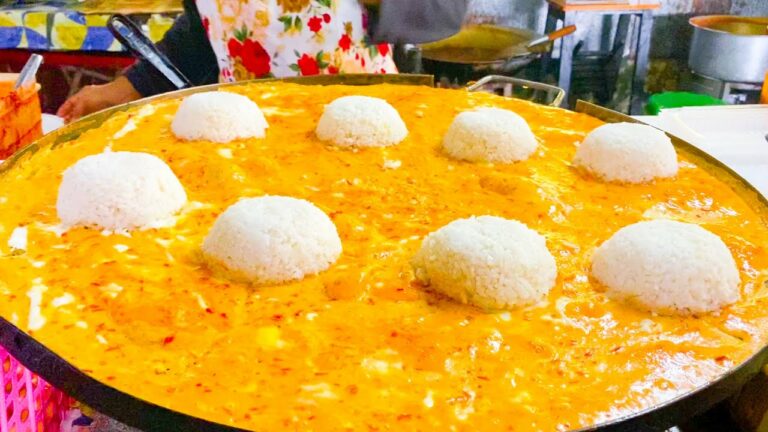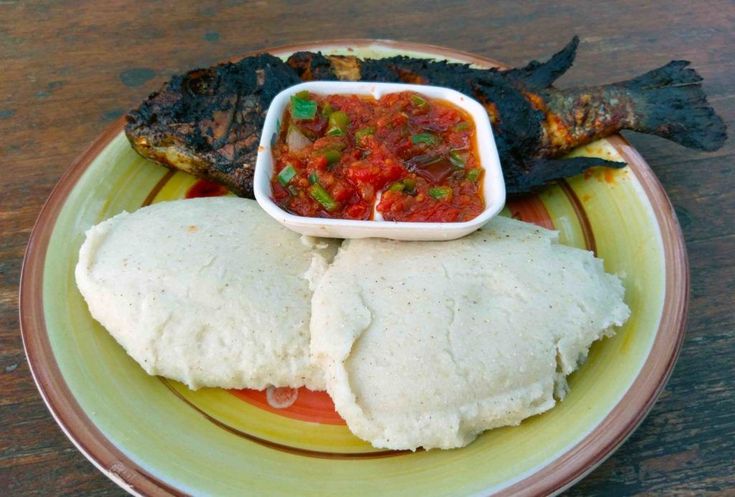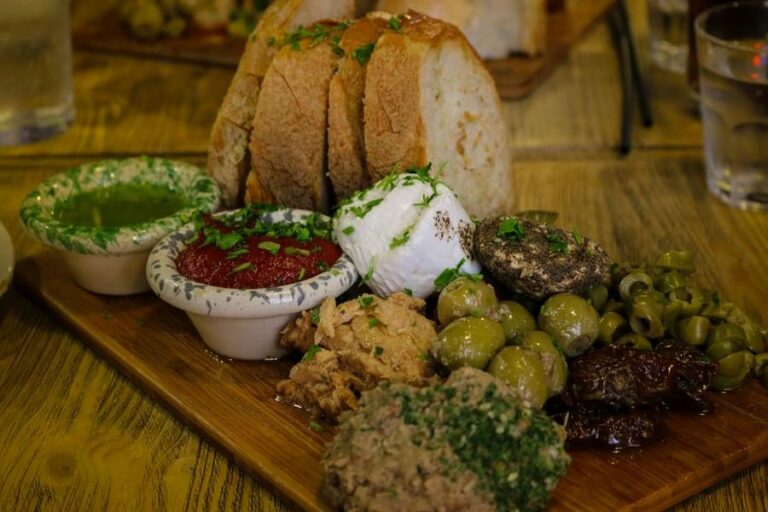Introduction: Luxembourg cuisine overview
Luxembourg is a small European country that has a rich culinary tradition. Its cuisine is influenced by the neighboring countries of France, Germany, and Belgium. Luxembourg is known for its hearty meat dishes, traditional soups, and cheese specialties. The country’s cuisine incorporates a variety of ingredients, including potatoes, onions, apples, and wine.
Regional variations in Luxembourg
Despite its small size, Luxembourg boasts a diverse culinary landscape. Each of the country’s regions has its own unique culinary traditions, reflecting local ingredients, cooking techniques, and cultural influences. Some of the most notable regions in Luxembourg include the Ardennes, Mullerthal, and Moselle.
Ardennes region cuisine in Luxembourg
The Ardennes region in the north of Luxembourg is known for its rustic cuisine. The region’s cuisine is characterized by its use of game meat, such as wild boar, deer, and rabbit. One of the most popular dishes in the Ardennes is Judd mat Gaardebounen, a hearty stew made with smoked pork collar and broad beans. Another culinary specialty of the region is Ardennaise ham, which is cured with juniper berries and smoked over beechwood.
Mullerthal region cuisine in Luxembourg
The Mullerthal region in the east of Luxembourg is known for its fresh produce and dairy products. The region’s cuisine is characterized by its use of vegetables, such as asparagus, leeks, and Brussels sprouts. Cheese is also a staple of Mullerthal cuisine, with the region producing a variety of soft and hard cheeses. One of the most popular dishes in the Mullerthal is Juddi vum Séi, a dish made with smoked pork collar and cream sauce.
Moselle region cuisine in Luxembourg
The Moselle region in the southeast of Luxembourg is known for its wine and fruit production. The region’s cuisine is characterized by its use of fruit in savory dishes, such as pork with prunes and apple sauce. The Moselle is also known for its vineyards, producing a variety of white wines. One of the most popular dishes in the region is F’rell am Reis, a dish made with pan-fried trout and rice.
Conclusion: Diversity in Luxembourg cuisine
Luxembourg may be a small country, but its culinary traditions are diverse and rich. Each region of the country has its own unique cuisine, reflecting local ingredients and cultural influences. Whether you’re in the Ardennes, Mullerthal, or Moselle region, you’re sure to find delicious and hearty dishes that are sure to satisfy.










